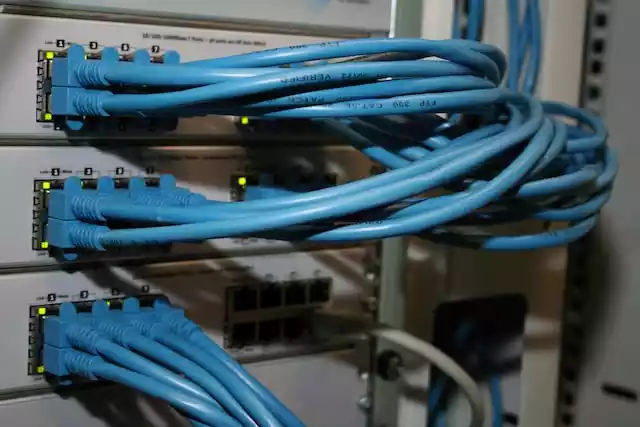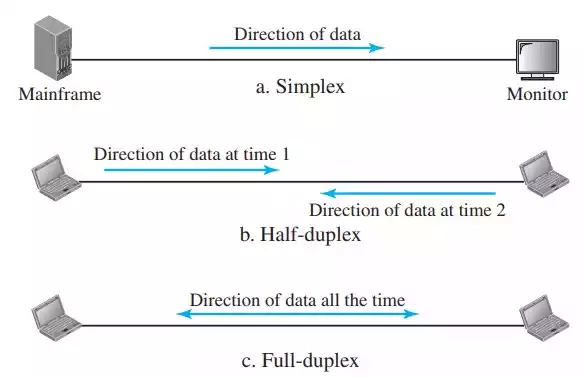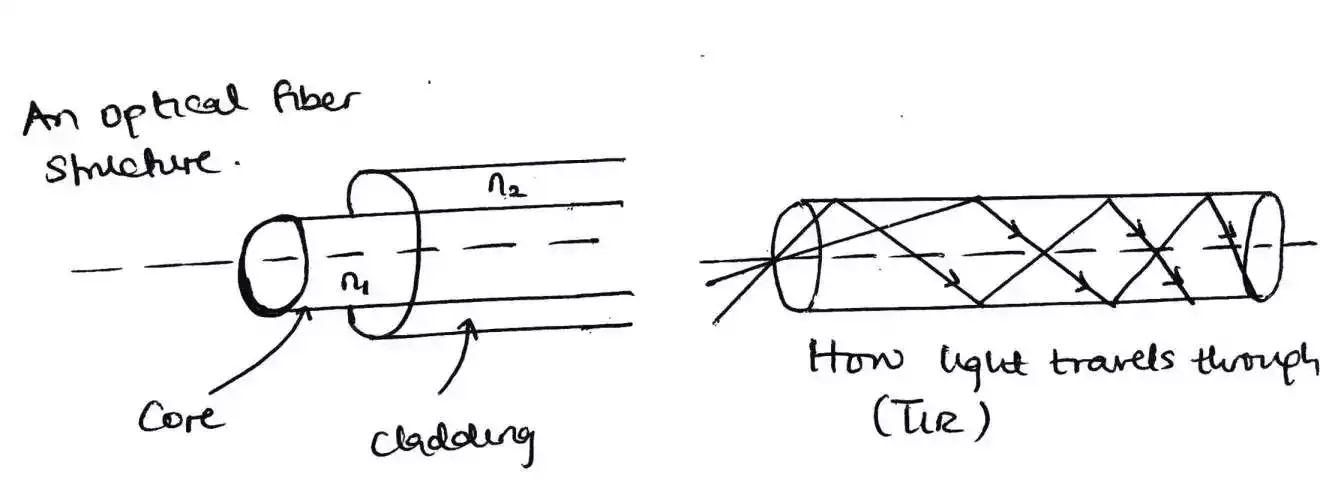What Is Radio Wave Propagation? And the Different Modes of Radio Wave Propagation?
In order for electromagnetic (radio) waves to travel, a transmitting antenna and a receiving antenna are required. The path or mode in which the radio waves follow or can travel is termed as radio wave propagation.
In this article, we’ll discuss on what is radio wave propagation? And the different modes in which they propagate.
What Is Radio Wave Propagation?
Radio wave propagation is the process by which radio waves travel through space or through a medium, such as the Earth’s atmosphere.
Radio waves are the same as wireless waves.
The propagation of radio waves can be influenced by various factors, including the frequency of the radio waves, the distance between the transmitter and the receiver, and the properties of the medium through which the radio waves are traveling.
Different Modes of Radio Wave Propagation
There are four (4) modes of radio wave propagation.
- Ground wave or surface wave propagation
- Space Wave and Line of Sight (LOS) propagation
- Tropospheric propagation.
- Sky wave propagation
1/ Ground Wave Propagation
Ground wave propagation occurs when radio waves follow the curvature or contour of the earth’s surface and travel along the surface of the earth.
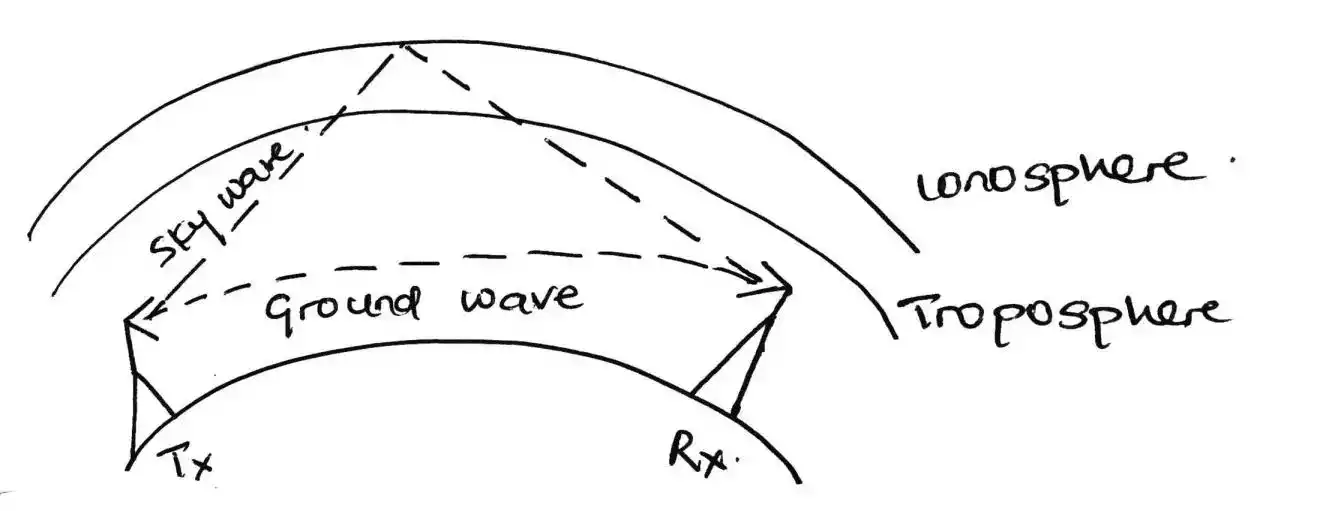
The range of ground wave propagation depends on the frequency of the signal and the height of the transmitting and receiving antennas.
At low frequencies, ground wave propagation can extend for hundreds of kilometers, while at higher frequencies, the range is limited to a few tens of kilometers.
This is because low frequency wave have long wavelength, which makes it easy for it to curve itself and travel over long distance.
High frequency waves have short wavelength and this makes them susceptible to obstacles.
The antennas used for propagation are placed vertically (i.e., the electric (E) component orientation is vertical) and the frequency used for transmission are low frequency or medium frequency (< 2Mhz).
The distance at which the wave can be propagated is dependent on the power of the transmitted signal.
Hence, it is mostly employed for short distance communication or local radio communication, e.g., AM radio broadcasting and emergency communication systems.
2/ Space Wave or Line of Sight (LOS) Propagation
In space wave propagation, the mode of propagation is normally through the line of sight (LOS) mechanism in which antennas (both transmitting and receiving antenna) are directed or point towards each other.
The waves travel in a straight line from the transmitter to the receiver, without being reflected or refracted by the Earth’s surface or the atmosphere.
The frequency used for such propagation is greater than 30 MHz.
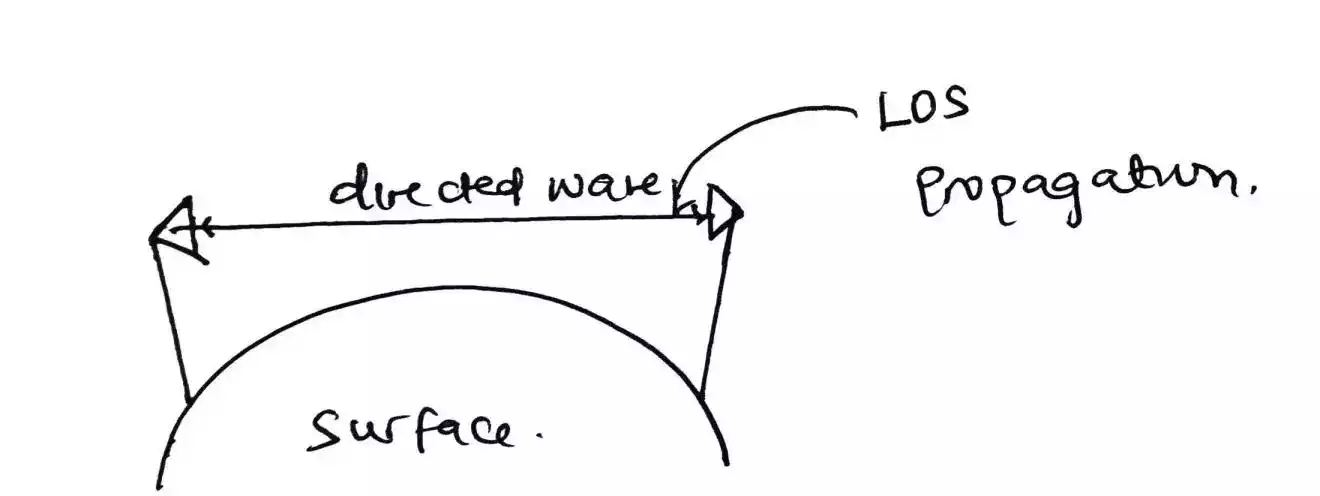
Due to this, the waves are mostly obstructed or limited by tall objects like buildings. This results in shadow zones and diffraction (i.e., bending of the waves around an object).
It is used for short-range communication, such as TV broadcasting and microwave communication link.
Apart from the LOS mode of propagation, another type of propagation which is an alternative is the tropospheric mode of propagation.
3/ Tropospheric Propagation
Tropospheric propagation is an alternative to the line of sight (LOS) mode of propagation. It is used to curb the obstacle faced by LOS propagation.
In tropospheric propagation, the troposphere which is a layer that extend up to height of about 10 Km to 15 Km is used as a point for creating a communication link.
At the lower part of the troposphere, a phenomenon termed as temperature inversion occur due to different metrological conditions.
For tropospheric propagation or communication link to be established, two directional antennas must be place in such a way that their beams intersect the temperature inversion region.
The point of intersection is termed as common volume.
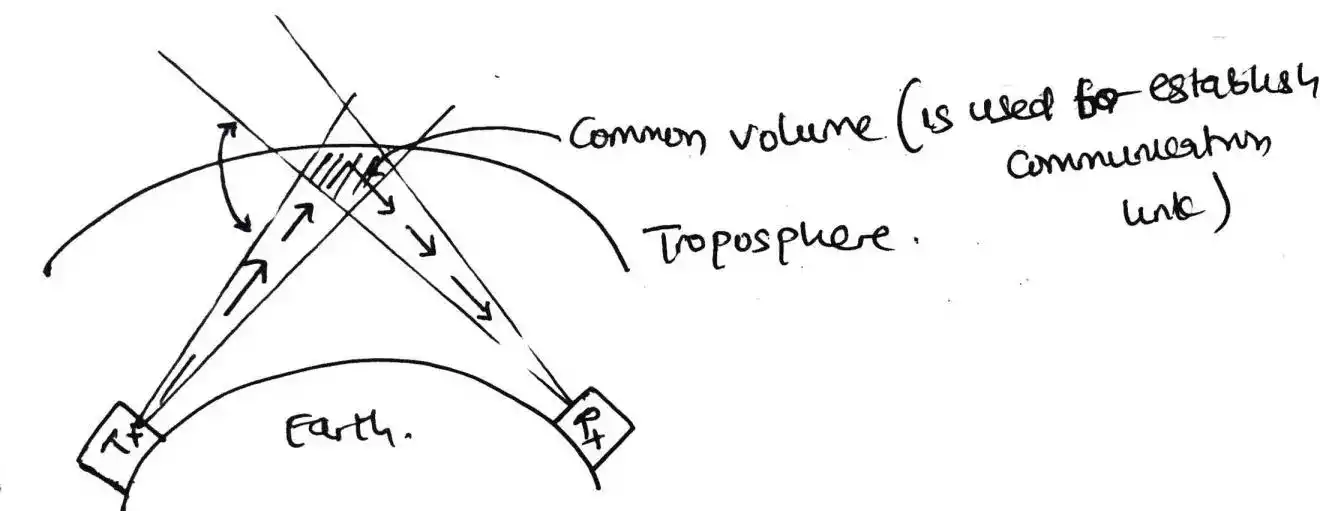
The frequency used for such propagation is greater than 30 MHz, just as in LOS mode.
It is employed in long distance telephone links and serve as an alternative to LOS (microwave) links, most especially in difficult terrain.
4/ Sky Wave Propagation
Sky wave propagation is a type of propagation that involves the use of the ionosphere for scattering and reflection of electromagnetic waves.
It occurs when radio waves are reflected back to the earth’s surface by the ionosphere, a layer of the earth’s atmosphere that contains ionized particles.
The ionosphere can reflect radio waves back to the earth’s surface over long distances, making sky wave propagation suitable for long-distance communication over a range of frequencies.
This mode of propagation is most effective at medium frequencies, typically between 2 MHz and 30 MHz.
However, the range and reliability of sky wave propagation are affected by various factors, such as the time of day, the season, and the solar activity.
The ionosphere is a region in the atmosphere which extend up to height of 50 Km to 400 Km, which comprises layers with ionized gases.
The ionization of the layers is caused due to solar radiation.
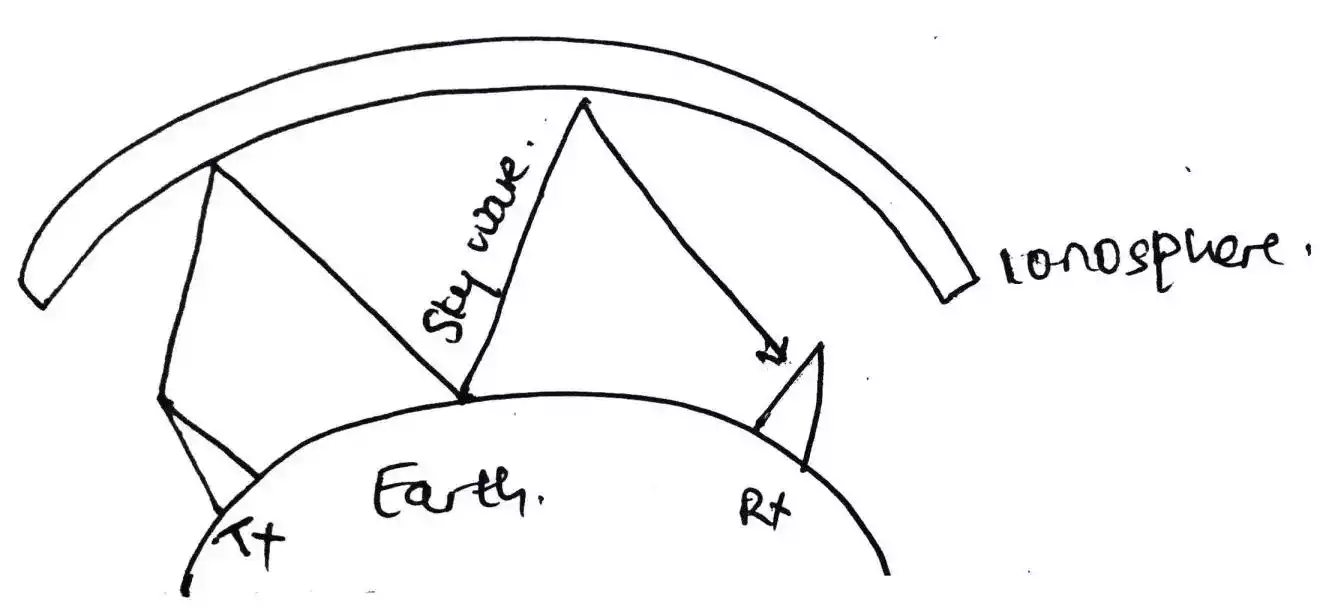
The ionosphere layers are of three types:
- D layer
- E layer
- F layer
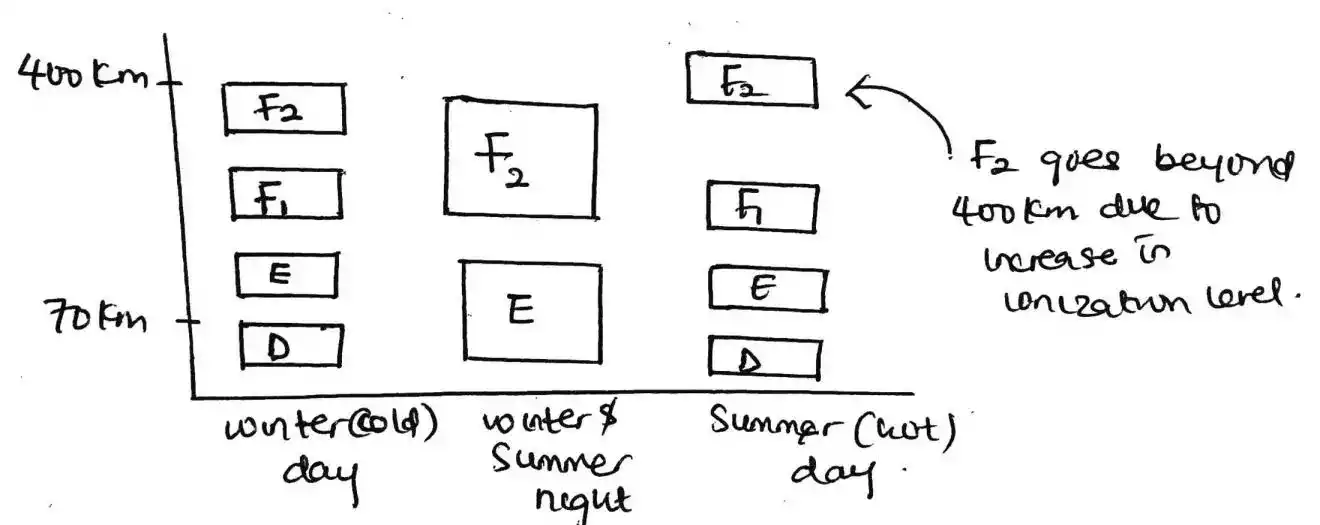
During winter (cold) period or day, the 3 layers are present where F layer is split up into F1 and F2 layer while on a summer (hot) day the F2 layer goes beyond 400Km as its ionization has increased.
However, on the night of summer and winter day, the D layer vanishes by combining with the E layer to become just an E layer and the F1 and F2 layers combined to form an F layer.
Sky wave propagation is used for long distance radio communication, maritime communication, and amateur radio communication.
Summary
In summary, the path which a radio wave can travel is referred to as radio wave propagation.
Ground wave propagation is used for propagating radio waves with low to medium frequency by following the curvature of the earth surface. Due to their long wavelength, it is used for short distance communication.
Space wave propagation involves the LOS (line of sight) and tropospheric mode of propagation. They use frequency which is high.
The line of sight (LOS) propagation can be implemented if the antennas are facing each other, while if it is impossible to for direct transmission then a tropospheric mode of propagation can be used.
Due to their short wavelength, they can travel far only if there is no interference. The LOS is used in microwave link, while tropospheric propagation is used in telephone communication link.
Lastly, the sky wave which is termed as ionospheric propagation is used for long distance radio communication as it involves the use of the ionosphere for propagation.


